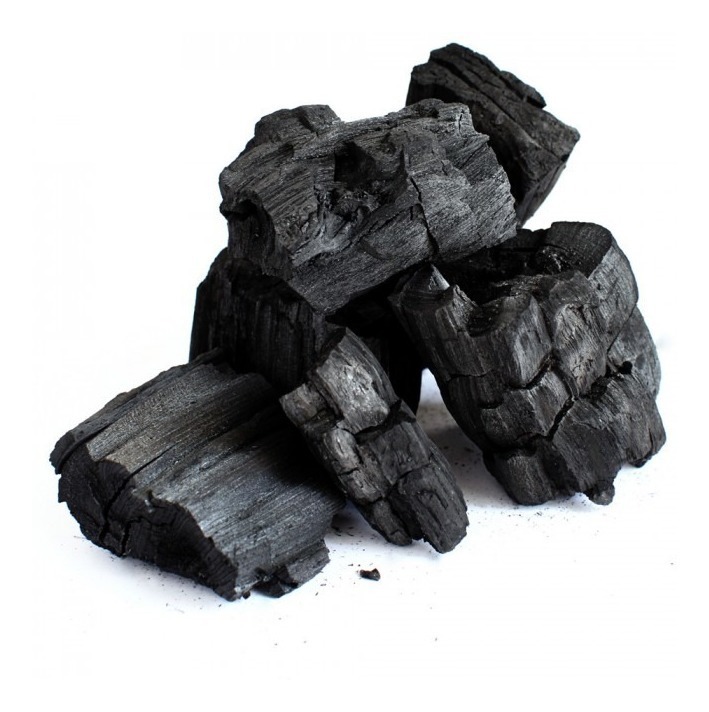As the demand for computational power continues to escalate, so too does the challenge of managing heat dissipation in electronic devices. The performance of modern computers, especially in the realm of high-performance computing and data centers, hinges on effective thermal management techniques. In this context, carbon sheets, particularly those incorporating graphene, have emerged as a formidable contender in the thermal management arena. This article will elucidate how carbon sheets maintain optimal thermal conditions, thereby ensuring the longevity and efficiency of computing systems.
The primary physical phenomenon at play during the operation of electronic devices is Joule heating, a process where electrical current passing through a conductor generates heat. This heat can adversely affect the performance of semiconductor materials used in processors and GPUs, leading to thermal throttling, reduced efficiency, or even catastrophic failure. Thus, effective heat dissipation mechanisms are of paramount importance in modern computing architectures.
Traditional cooling solutions have predominantly relied on metallic heat sinks, liquid cooling systems, and fans. While these methods have proven effective to some extent, they also bear drawbacks, such as increased weight, bulk, and operational noise. Furthermore, as device miniaturization and power densities continue to rise, traditional methods may struggle to keep pace with the heat generated. This is where the innovative utilization of carbon sheets comes into play.
Carbon sheets can be broadly categorized into various types, namely graphene sheets, graphite sheets, and carbon nanotube mats. Each variant has unique thermal properties that lend themselves effectively to thermal management applications. Graphene sheets, for instance, are composed of a single layer of carbon atoms arranged in a two-dimensional honeycomb lattice. Their remarkable thermal conductivity, exceeding that of copper by an order of magnitude, positions them as a game-changer in the field of heat dissipation.
The mechanism through which graphene sheets convey heat can be attributed to their phonon transport characteristics. Phonons, the quantized modes of vibrations within a crystal lattice, play a crucial role in thermal conduction. In graphene, the high mobility of these phonons enables efficient heat transfer across the material, making it an exceptional thermal conductor. The incorporation of graphene into computer chips, for example, could potentially lead to significantly reduced temperatures during operation, enhancing overall performance.
Graphite sheets, while being less efficient than their graphene counterparts, still offer valuable benefits in thermal management. Graphite is a synthesized form of carbon that consists of multiple layers of graphene, and its layered structure allows for interlayer slip, resulting in substantial thermal conductivity. As such, graphite sheets can serve as effective interfaces between heat sources and cooling solutions, enhancing the heat dissipation capabilities of traditional cooling techniques.
Carbon nanotube mats, another fascinating application of carbon allotropes, consist of vertically aligned carbon nanotubes that exhibit exceptional thermal properties. The mat structure allows for enhanced airflow and facilitates rapid heat removal from critical components. Due to their nanoscale dimensions, these mats can seamlessly integrate into existing cooling systems, providing an additional layer of thermal management without significantly altering the overall device footprint.
Beyond improving thermal conductivity, carbon sheets can contribute to the efficiency of heat sinks. The vibration-damping properties inherent to carbon materials help mitigate resonance effects, which can lead to localized heating and reduced efficiency in conventional cooling systems. By employing carbon sheets in the construction of heat sinks, manufacturers can design more compact and effective cooling solutions that maintain operational integrity, even under extreme load conditions.
Another noteworthy advantage of using carbon sheets lies in their lightweight nature. As manufacturers strive to produce thinner and lighter devices, the added weight from traditional cooling solutions can be prohibitive. Carbon-based materials significantly reduce the overall mass of thermal management systems, facilitating greater portability in laptops and mobile devices while simultaneously enhancing heat dissipation efficacy.
The integration of carbon sheets into mainstream computing is not without challenges. The production processes for high-quality graphene and other carbon allotropes remain costly and technically demanding. Moreover, the uniform dispersion of these materials within traditional substrates—such as silicon—is an ongoing area of research. Innovative fabrication techniques capable of effectively harnessing the properties of carbon sheets are critical for ensuring their widespread adoption in consumer electronics.
Moreover, the long-term stability and potential environmental impacts of deploying carbon materials at scale warrant further investigation. As the industry advances toward more sustainable practices, researchers are actively exploring bio-friendly alternatives and recycling methods to mitigate potential adverse effects associated with carbon production.
In conclusion, carbon sheets, particularly graphene, graphite, and carbon nanotubes, are at the forefront of addressing the pressing thermal management challenges posed by today’s demanding computing environments. Their remarkable thermal conductivity, lightweight properties, and compatibility with existing systems position them as potent solutions for enhancing heat dissipation in electronic devices. With ongoing advancements in material science and nanotechnology, the future of thermal management in computing may very well be dominated by these remarkable carbon-based innovations. This new frontier promises not only to improve the performance and reliability of computing systems but also to usher in a generation of devices capable of transcending current limitations.








